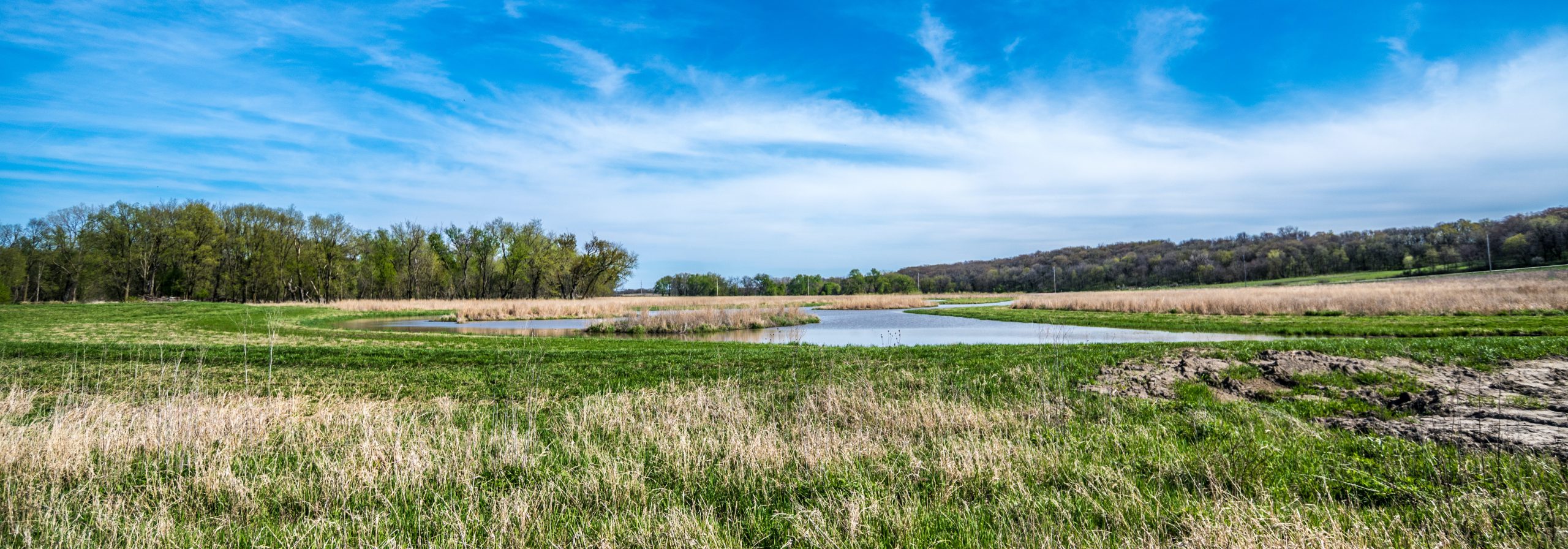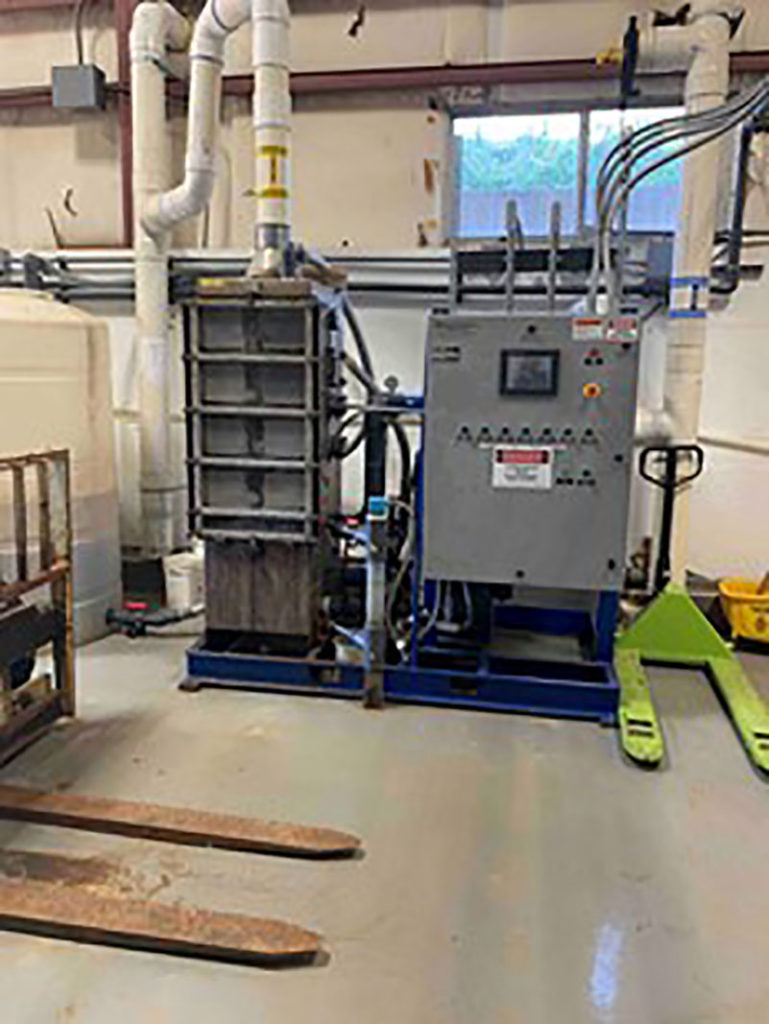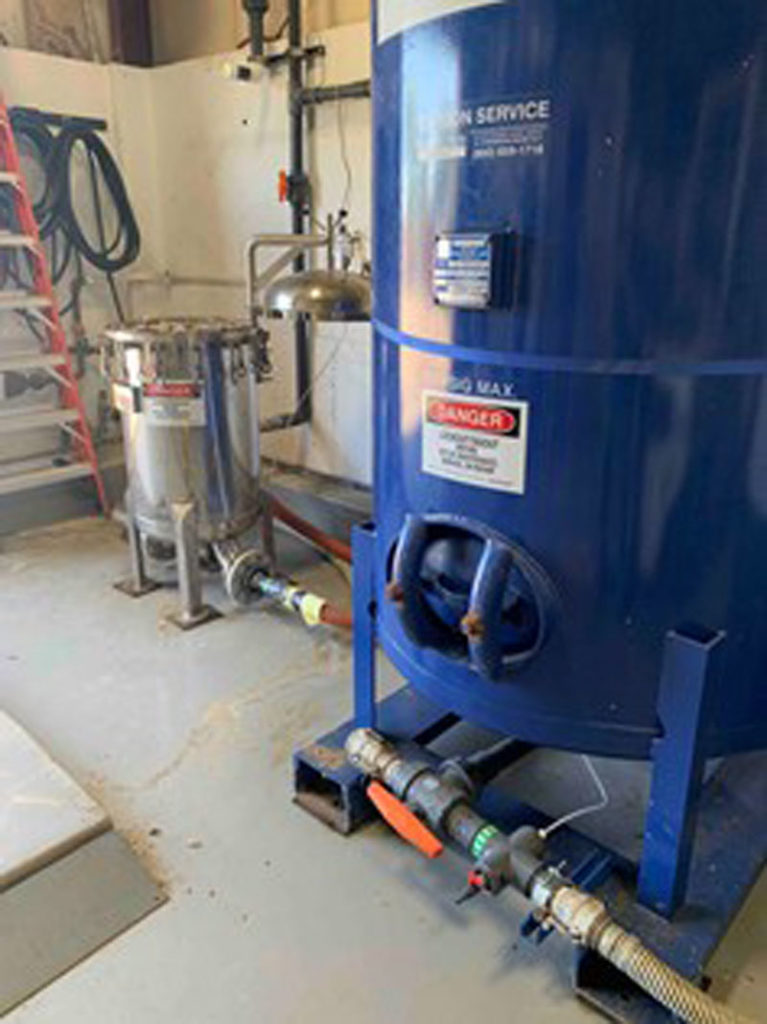Emergency Response Actions at Arctic North Warning System Radar Station
Confidential Client – Arctic Emergency Response Action, Wastewater Treatment System Design, Construction, Installation, Testing, Optimization […]

Groundwater Extraction and Treatment System implemented Concurrently with In-Situ Chemical Oxidation, Enhanced Reductive Dechlorination Program, Soil Vapor Extraction Program, Sub-Slab Depressurization to Expedite Remediation of Chlorinated Solvents and meet CDPHE Remedial Action Objectives.
Weaver Consultants Group’s (WCG) Remediation Services team provided design, construction, installation, testing, optimization, and Operation, Maintenance, and Monitoring (OMM) services of numerous remedial strategies at the former Beech Aircraft Corporation (BAC) facility in Boulder, Colorado (Site), including:
BAC formerly manufactured and tested components for the aerospace industry at the Site, including cryogenic oxygen and hydrogen tanks and military training targets from the mid-1960s until 1987. Fueling of military training targets was also conducted at the Site from the mid-1960s until September 1999. The Environmental Protection Agency (EPA) approved a Corrective Measures Study (CMS) Report in October 2008, summarizing environmental impacts at the Site. The impacts include residual Volatile Organic Compound (VOC) concentrations in two primary areas: the Clean Room Annex (CRA)/Unnamed Drainage Area (UDA) and the Target/Missile Fueling Area (TMFA).
A groundwater pump-and-treat system was installed downgradient of a former impoundment source area in 1995, including groundwater extraction from eight wells. This system was subsequently expanded in 1997 to include four extraction wells at the downgradient property boundary to intercept offsite migration of impacted groundwater. These interim remedial systems were operated until 2005 when an in-situ ERD remedy was implemented in the UDA. In addition, groundwater extraction from well HCA-117 was initiated in 2005, and groundwater pumped from this well was treated onsite through the groundwater treatment system and discharged to the surface (Outfall 001A) until August 2013. Following the elimination of Outfall 001A from the discharge permit, treated and oxygenated water was directed into the UDA trench and boundary area injection well network, enhancing further decreases of VOCs in the UDA. Beginning in January 2020, an alternative discharge of treated water was implemented, redirecting treated groundwater to an infiltration gallery roughly 1,000-ft to the northwest of the CRA. Groundwater is treated via an air stripper, a carbon tank, and a series of bag filter units.
TFE and SSD systems were installed beneath the CRA and adjacent Cryogenic Complex and Maintenance Buildings in May 2003. The TFE system consists of three 250-ft horizontal extraction wells completed under the buildings at a depth of 15-ft below ground surface. The SSD system consists of two 250-ft long horizontal extraction wells completed at a depth of approximately 6-ft below ground surface.
In-Situ Chemical Oxidation (ISCO) was implemented at the TMFA in 2005 as part of a pilot program with the injection of sodium permanganate (chemical oxidant) into four select monitoring wells at a rate of 0.5- to 1-gallon per day. Subsequent monitoring data demonstrated that the remedy was very effective, and as a result, LVCOI system operations in the TMFA were discontinued in 2012. An LVCOI system was also installed within four wells at Fort Hays Limestone in the CRA area in 2007. This system proved effective, injecting at rates of 0.5 to 1-gallon per day, as decreasing concentrations of VOCs have been observed at nearly all Fort Hays monitoring wells located downgradient of the LVCOI systems.
In March 2011, four indoor air samples collected at Building B yielded results slightly above the Colorado Department of Public Health and Environment (CDPHE) Integrated Risk Information System (IRIS) indoor air/vapor standards for Trichloroethene (TCE) for Worker Air Screening Concentrations, prompting the installation of an indoor air/vapor intrusion mitigation system in 2013. This system was expanded along the north and east sides of the building in 2015 after the collection of an additional sample above CDPHE standards in the eastern portion of the building. Since the expansion, indoor air samples from all five locations have exhibited results below the CDPHE standards. Following continued system optimization, some of these locations have displayed results below laboratory detection limits for TCE in subsequent years.
Overall, the ongoing groundwater and performance monitoring results confirm the remediation programs have been highly successful in achieving the Site’s remedial objectives. In aggregate, more than 10,800 pounds of VOCs have been physically removed and treated by the remediation programs summarized above since remedial efforts were initiated in 1995. The cumulative total mass removed does not include VOCs that have been remediated through ISCO and ERD activities. The total amount of VOCs removed through these in-situ processes (ISCO and ERD) is estimated to exceed the VOCs removed through the extraction systems significantly.

